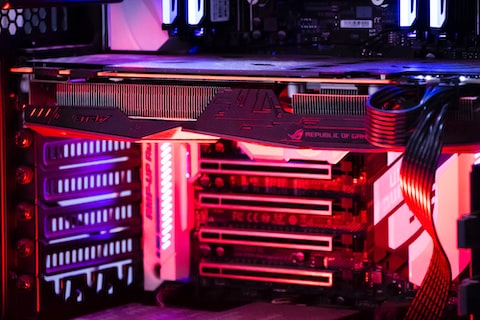In the world of gaming, an incredible revolution has taken place that has transformed the gaming experience from basic pixels to breathtaking realism. The advancements in graphics technology have propelled gaming to new heights and provided players with immersive virtual worlds that were once unimaginable.
The impact of graphics on the gaming experience cannot be overstated. Graphics have the power to captivate players, creating visually stunning environments that transport them to different worlds and time periods. Realistic graphics can make players feel like they are standing on the edge of a cliff, exploring ancient ruins, or engaging in epic battles. The level of immersion that graphics provide is crucial in making a game enjoyable and memorable.
Not only do graphics enhance the immersion factor, but they also greatly affect gameplay. Detailed graphics allow for precise movements and actions, making the gameplay more responsive and intuitive. For example, in a racing game, high-quality graphics enable players to navigate sharp curves and changes in terrain with precision. Graphics also play a significant role in the strategic elements of a game, allowing players to assess their surroundings and make informed decisions.
Moreover, graphics contribute to the storytelling aspect of games. With realistic visuals, characters come to life and emotional connections are formed between players and their virtual counterparts. A well-designed environment can evoke a sense of wonder, fear, or excitement, enhancing the overall narrative and creating a more engaging experience.
The journey from simple pixels to realistic graphics has been a fascinating one. Early video games featured basic 2D visuals with limited color palettes and pixelated characters. As technology advanced, the introduction of 3D graphics brought a new level of depth and realism to games. Suddenly, players could explore vast, open worlds with detailed landscapes and intricate character models.
Today, the gaming industry continues to push the boundaries of graphics technology. Virtual reality has emerged as a new frontier, offering players a truly immersive experience by placing them directly in the game’s environment. With the advent of ray tracing technology, lighting and reflections in games have reached new levels of realism, further blurring the line between the virtual and the real.
In conclusion, the evolution of graphics in gaming has revolutionized the gaming experience. From basic pixels to stunning realism, graphics have played a crucial role in creating immersive, visually captivating, and emotionally engaging games. As technology continues to advance, we can only imagine the incredible experiences that await us in the future of gaming graphics.

